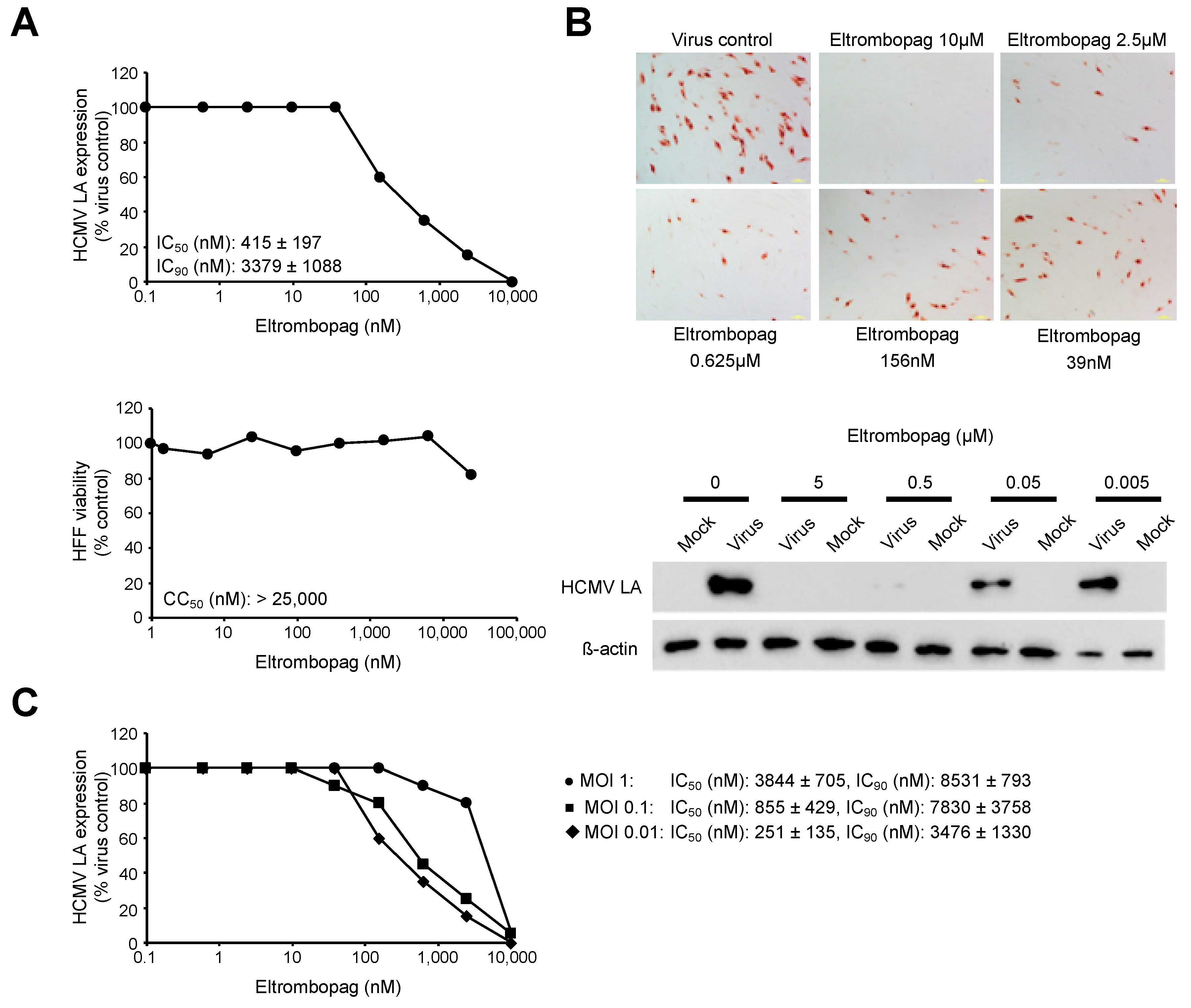
These small (20–24 nucleotides), non-protein-coding, single-stranded RNAs function as negative regulators of messenger RNA (mRNA) levels and affect virtually every aspect of tumorigenesis. The MYC transcriptional network has been shown to also include micro-RNAs (miRNAs). 4 However, mechanisms underlying the clinical aggressiveness of lymphoma are unclear. 3 In addition, MYC activation is necessary to develop lymphoma in BCL2 or CCND1 transgenic mice, further identifying MYC as a pivotal oncogene in initiating and sustaining aggressive transformation of B-cell lymphomas. 2 Unlike other lymphoma oncogenes, forced expression of Myc in murine lymphoid cells is sufficient to generate B-cell leukemia and lymphoma. A recent report reveals that MYC overexpression was detected in 80% of transformed large-cell lymphomas, implying the role of MYC in aggressive transformation. MYC rearrangement is a recurring genetic abnormality in these aggressive B-cell lymphomas. In MCL, increased expression of MYC has been found to be associated with poor prognosis and with an aggressive, blastic variant of MCL. For example, rearrangement of MYC was detected in 9–14% of DLBCLs and has been linked to adverse prognosis with chemoresistance and shortened survival. Although MYC has been described as a defining feature and the driving oncogene for Burkitt lymphoma, MYC overexpression has also been recognized in other non-Hodgkin lymphomas. 1 These lymphomas are usually fast growing. These findings represent a novel promising approach for silencing MYC-miRNA-EZH2 amplification loop for combinatorial therapy of aggressive B-cell lymphomas.Īggressive lymphomas include Burkitt lymphoma, MYC-associated diffuse large B-cell lymphoma (DLBCL), B-cell lymphoma, unclassifiable with features intermediate between DLBCL and Burkitt lymphoma (double-hit lymphoma), rare de novo acute lymphoblastic lymphoma/leukemia, blastic variant of mantle cell lymphoma (MCL), transformed follicular lymphoma and plasmablastic lymphoma. Loss- or gain-of-function approaches revealed that miR-26a functioned as a tumor suppressor miRNA and mediated the combinatorial effects of JQ1 and DZNep. Furthermore, CHIP assay demonstrated that MYC recruited EZH2 to miR-26a promoter and cooperatively repressed miR-26a expression in aggressive lymphoma cell lines, as well as primary lymphoma cells.

Here, using a novel small-molecule BET bromodomain inhibitor, JQ1, and the EZH2 inhibitor, DZNep, we demonstrated that combined treatment of JQ1 and DZNep cooperatively disrupted MYC activation, resulting in a greater restoration of miR-26a expression and synergistically suppressed lymphoma growth and clonogenicity in aggressive lymphoma cells.

Our recent study identified a MYC-miRNA-EZH2 feed-forward loop linking overexpression of MYC, EZH2 and miRNA repression. MYC activation results in widespread repression of micro-RNA (miRNA) expression and associated with lymphoma aggressive progression. C-MYC (hereafter MYC) overexpression has been recognized in aggressive B-cell lymphomas and linked to adverse prognosis.


 0 kommentar(er)
0 kommentar(er)
